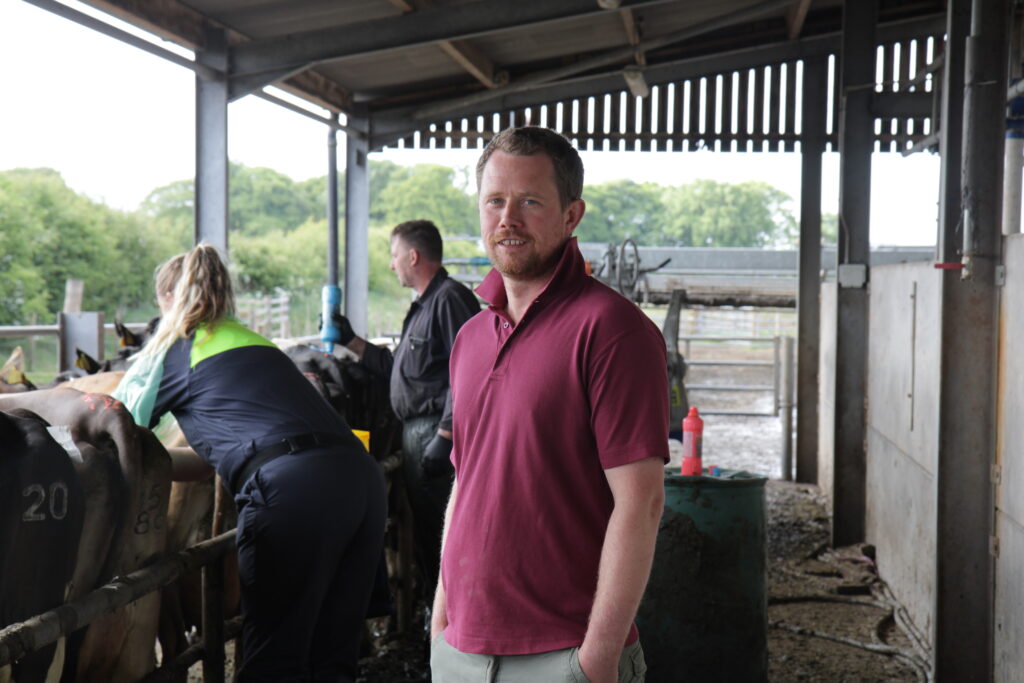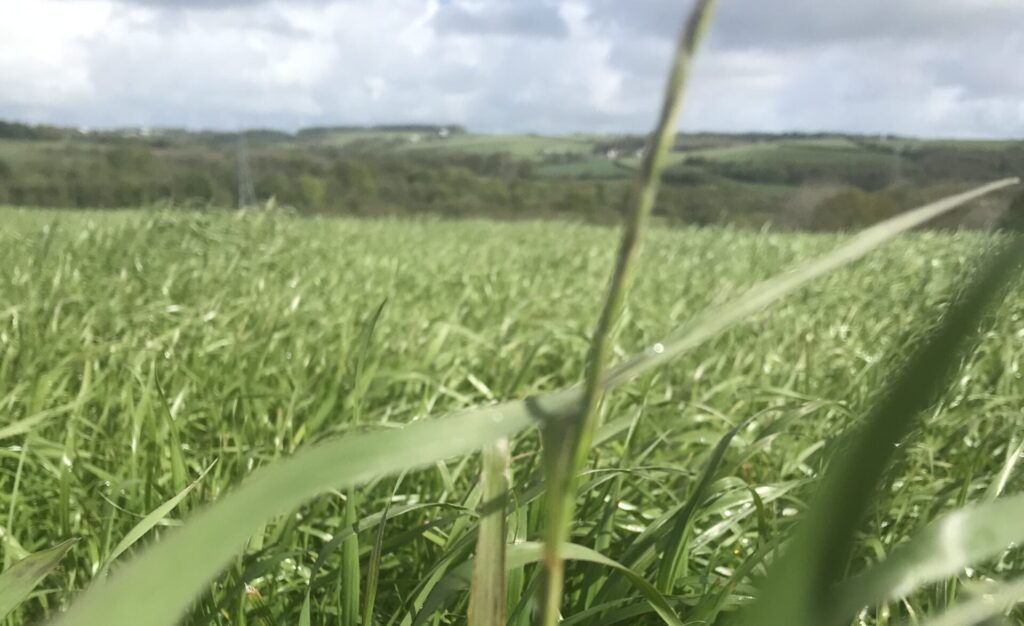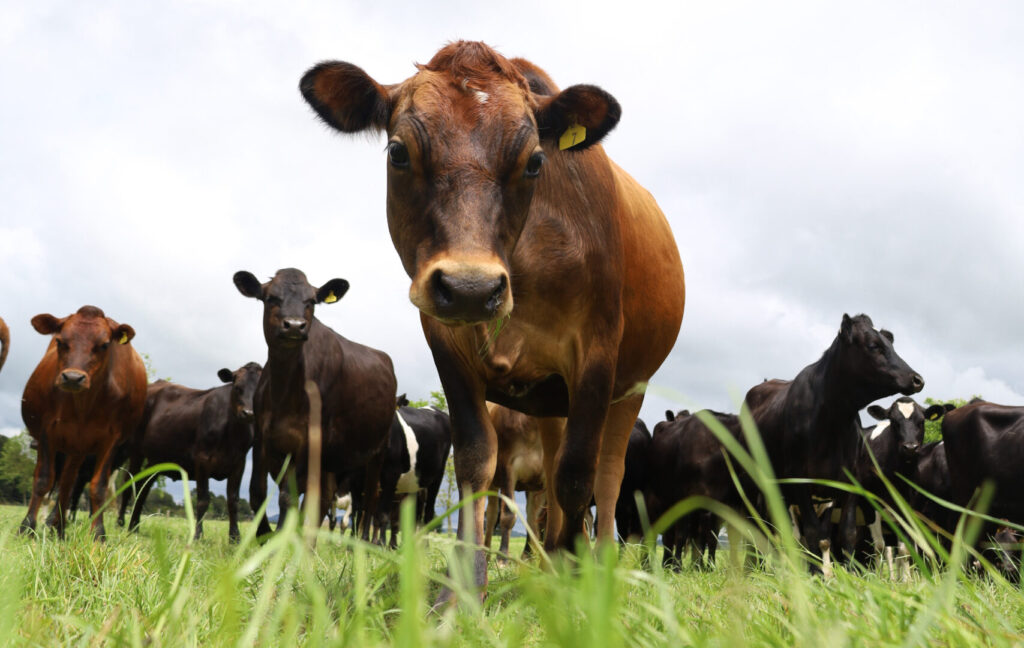By Bess Jowsey, Pasture to Profit farm consultant
Managing this year’s ‘spring flush’ will be a challenge for us all. With the unprecedented amount of rain over spring, farmers in the North have struggled to adhere to their spring rotation plans. With most of my clients approaching what would normally be magic day (where grass growth exceeds stock demand) with some high covers and partially grazed platforms, decisions will need to centre around maintaining a wedge and managing the varying quality within it.
Farmers who graze less intensively and delay turnout until conditions are favourable will face similar challenges in building a wedge while accelerating growth leads to declining quality through April and into May.
I encourage you to walk your farms. Knowing your daily growth from the last couple of weeks, what your average farm cover is, and most importantly what your wedge looks like, will improve your chances of making good decisions going forwards. Without the usual grazed area to stimulate growth you could find that magic day is delayed.
Looking at your wedge, divide paddocks into three categories:
- Grazed
- Un-grazed but residuals can be achieved
- Un-grazed but residuals can’t be achieved (eg. grass length, ground conditions or accessibility)
Based on your average farm cover and growth vs demand, consider whether some of your grazing area will need to be mechanically harvested. Ideally, you do not want to be grazing the high covers that will result in poor residuals – these are best for silaging and should be cut as if mimicking grazing where possible. Those using a pasture management package like Agrinet will be able to use the forecasting tool to get the proportions right and reduce the risk of silaging into a short-term deficit.
Key things to consider are:
- How many leaves are the ‘grazed’ paddocks at? When grazed areas are reaching ideal pre-grazing grazing covers then these will have your highest quality and are best to target. If residuals on their first grazing weren’t ideal due to ground conditions, these must be nailed on the second round.
- If needed ‘un-grazed but residuals can be achieved’ paddocks can be utilised in the wedge alongside those being grazed a second time. The quality of this grass should still be high and getting these grazed will help stimulate growth further.
- If all un-grazed areas will result in poor residuals but are needed to stop a shortfall in the wedge, then pre-mowing these could be a strategy employed to ensure residuals are achieved.
- With the temperature and day length p this time of year, nitrogen will get a great response rate. Applying nitrogen strategically now could see you being able to graze through without needing to go into these higher covers.
While grazing 2020 hasn’t got off to the best of starts, ensure this doesn’t negatively impact on the rest of the growing season. To talk through what would be best for your situation, get in touch with me or your local Pasture to Profit farm consultant.




